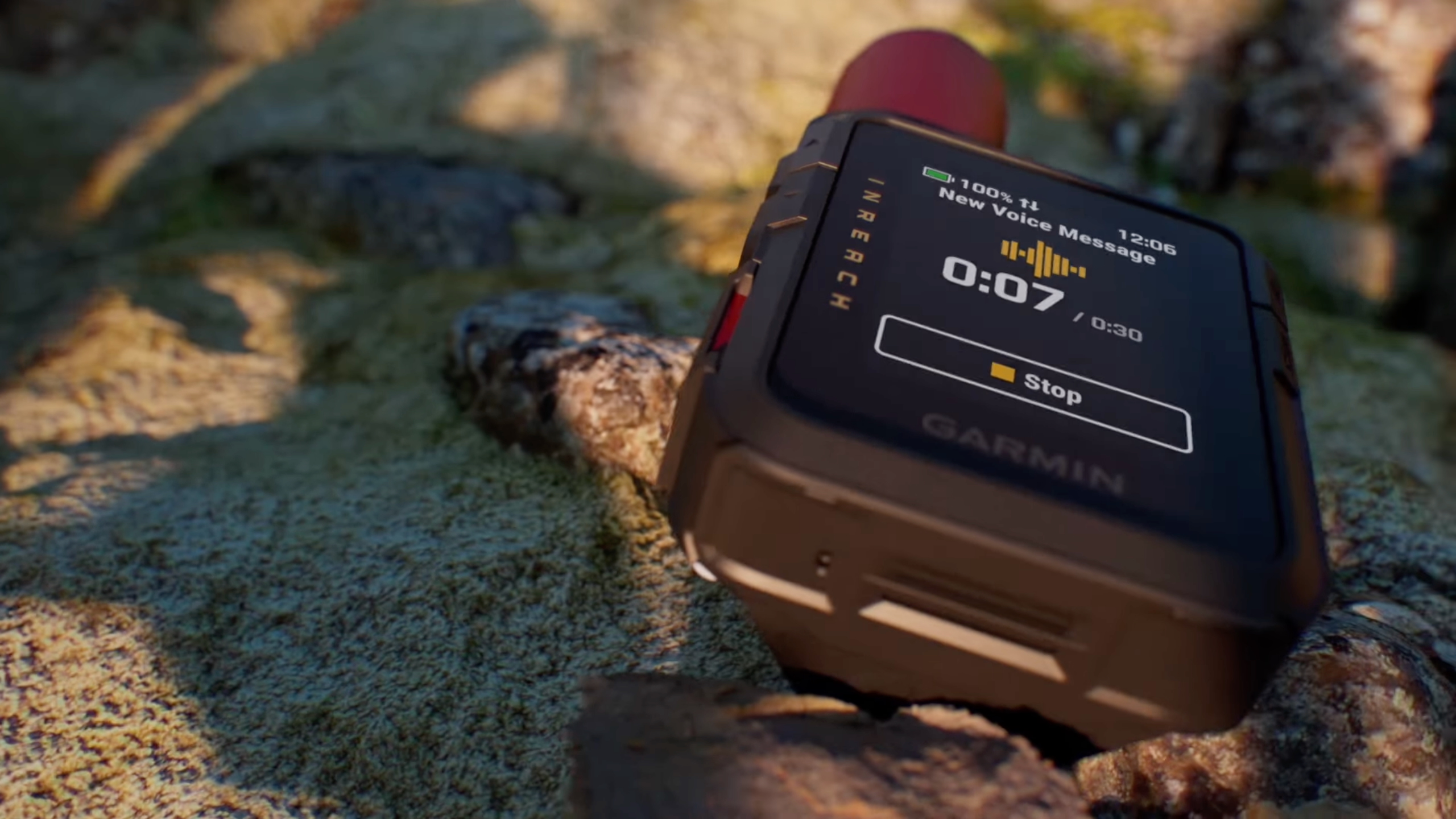GameSir's Tarantula Pro controller beats Sony at its own game
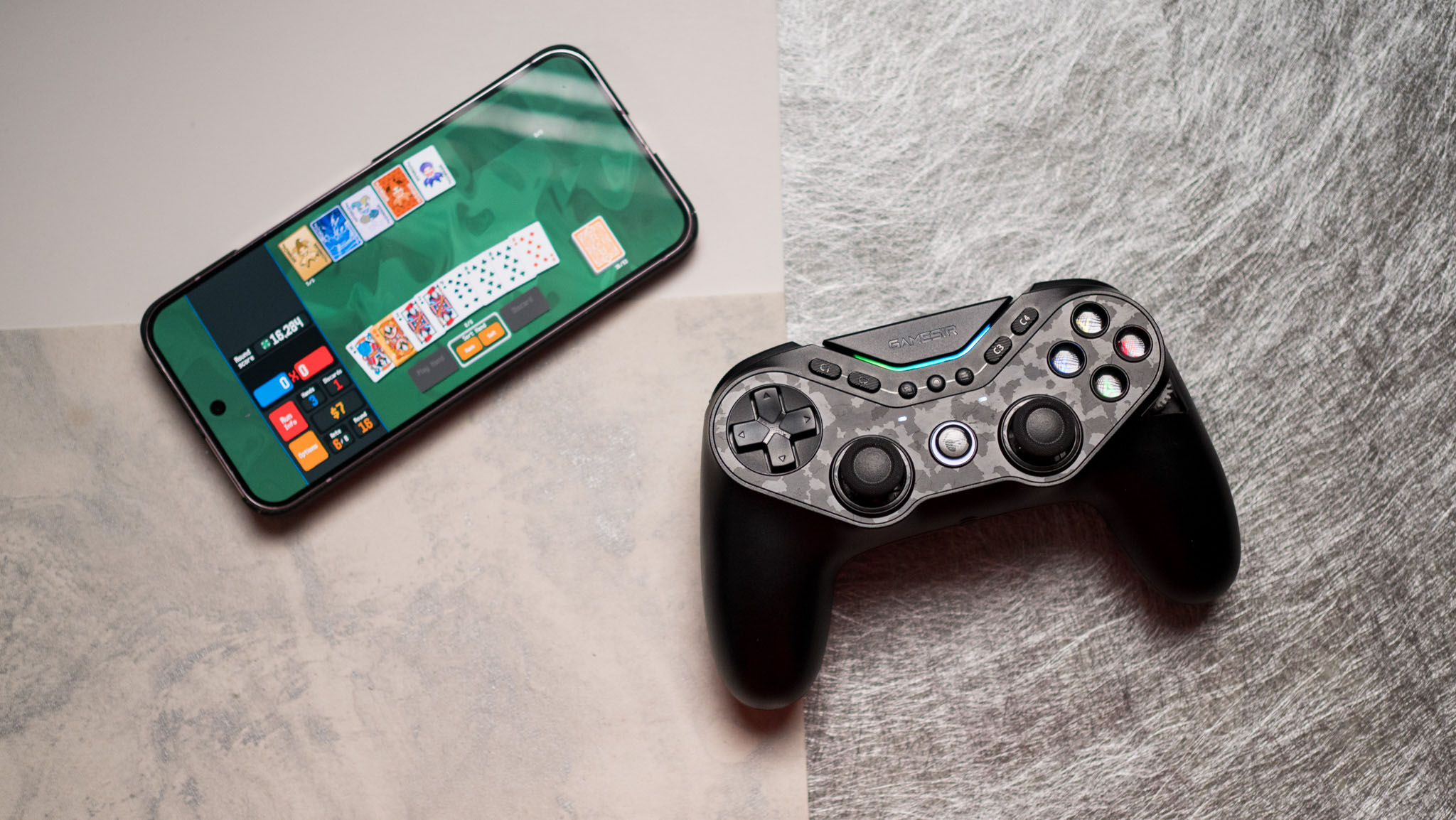

I like what GameSir is doing with its product portfolio; I used the G8 Galileo quite a bit in the last year, and immediately took to the Bluetooth-enabled G8 Plus when it debuted. With the Tarantula Pro, GameSir is delivering a versatile controller that can be used with your phone, Windows gaming machine, and handheld consoles like the Switch and Steam Deck.
The Tarantula Pro debuted at the end of last year for $69, and it is now available on Amazon for $58. I got the standard variant, and there's a model with an integrated charging stand that's available at GameSir's website. The controller is sold in a single color scheme, and you get a good value considering the number of features available.
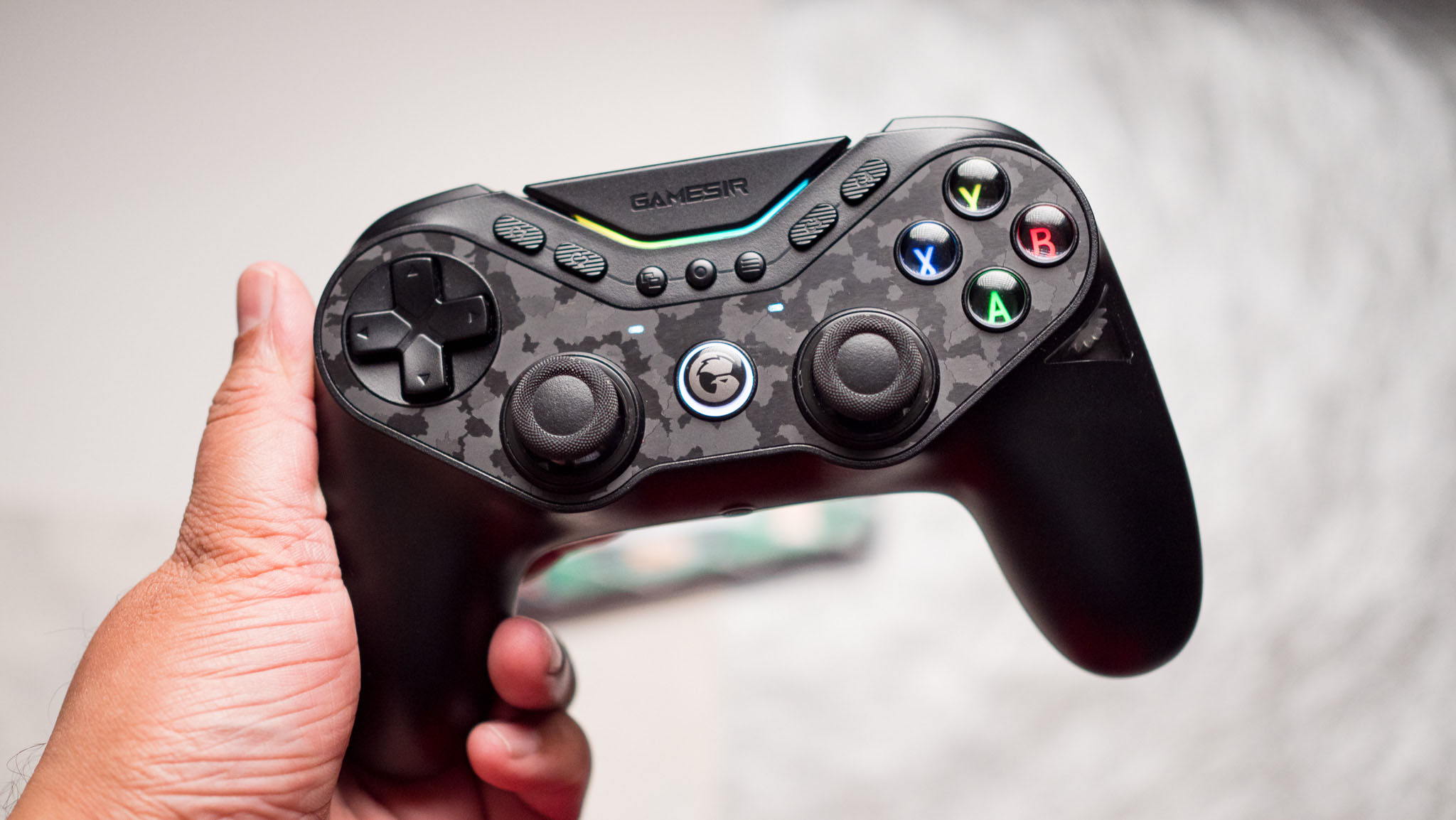
Let's start with the design; the Tarantula Pro is similar to Sony's DualShock 4 controller thanks to a thinner body with elongated sides. It has a good in-hand feel, and while on the heavier side at 263g, it isn't uncomfortable to hold in the least. Weight distribution is ideal, and build quality is fantastic — there isn't anything to critique in this area.
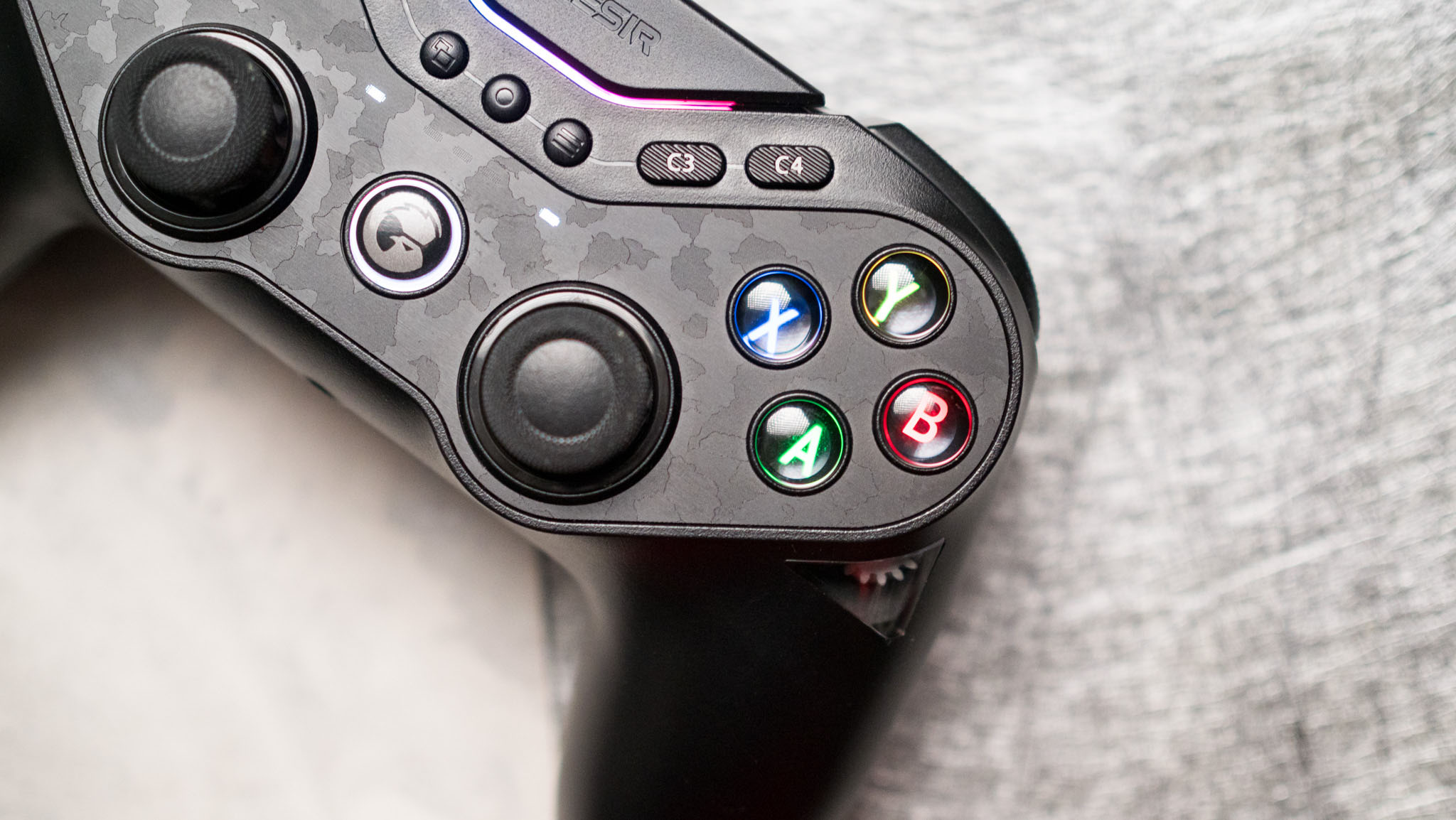
The black color option is accentuated with a camo design at the front, and the back has a textured finish that makes it easy to hold and use the controller. The buttons are easily accessible, and have good tactility; the D-pad has good actuation, and the triggers are highly customizable — you can switch between a hair trigger mode and standard analog trigger, and there's a distinct feel to the hair trigger mode that comes in handy when playing shooters.
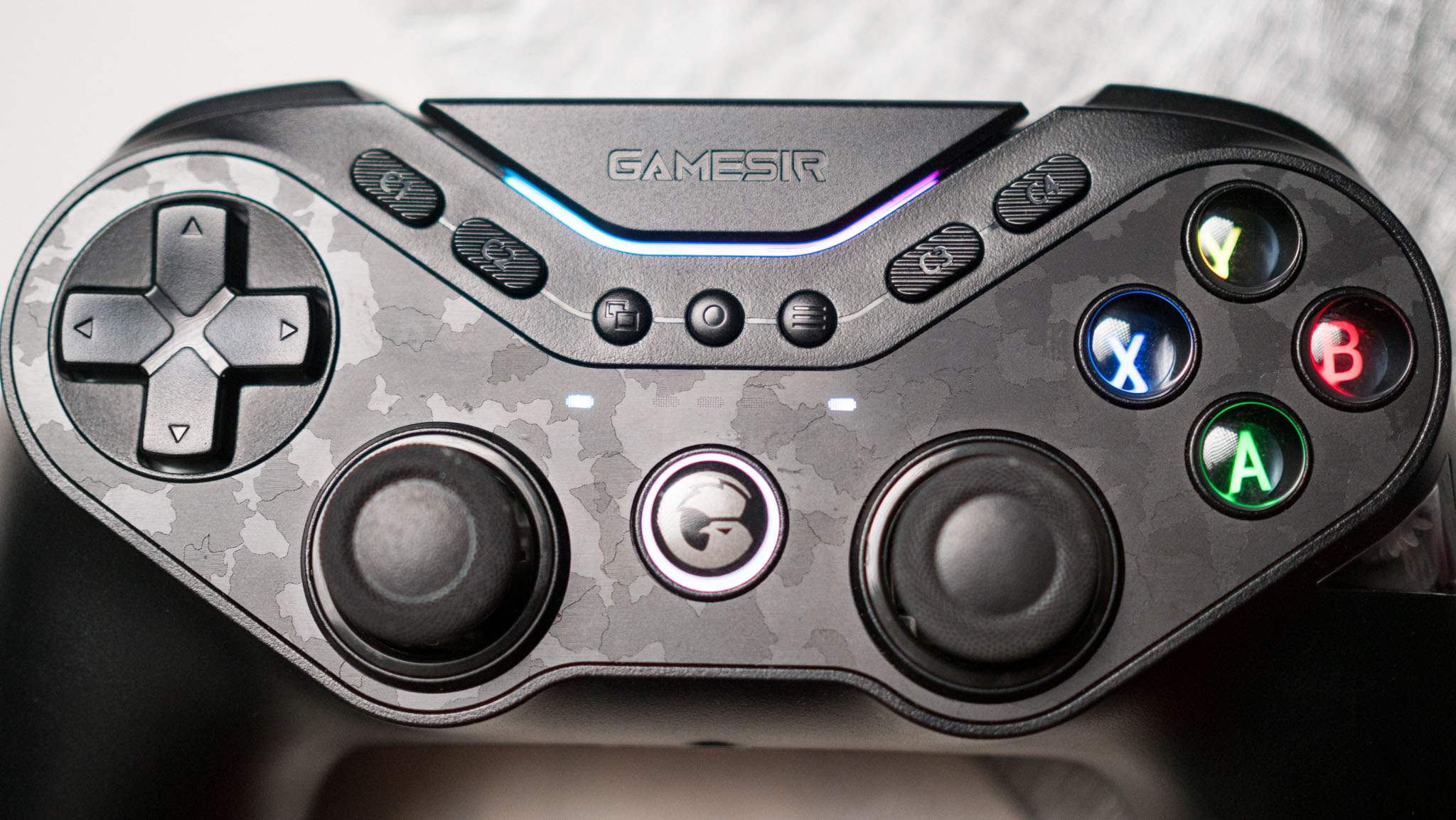
The joysticks use TMR sensors touted to be even more effective than hall effect modules, and they're a delight to use; there's no stick drift whatsoever, and after six months of use, I don't have any issues with any of the buttons or triggers. The only point to note is that the ABXY cluster uses membrane buttons, and they don't quite have the same tactility as the rest of the controller.
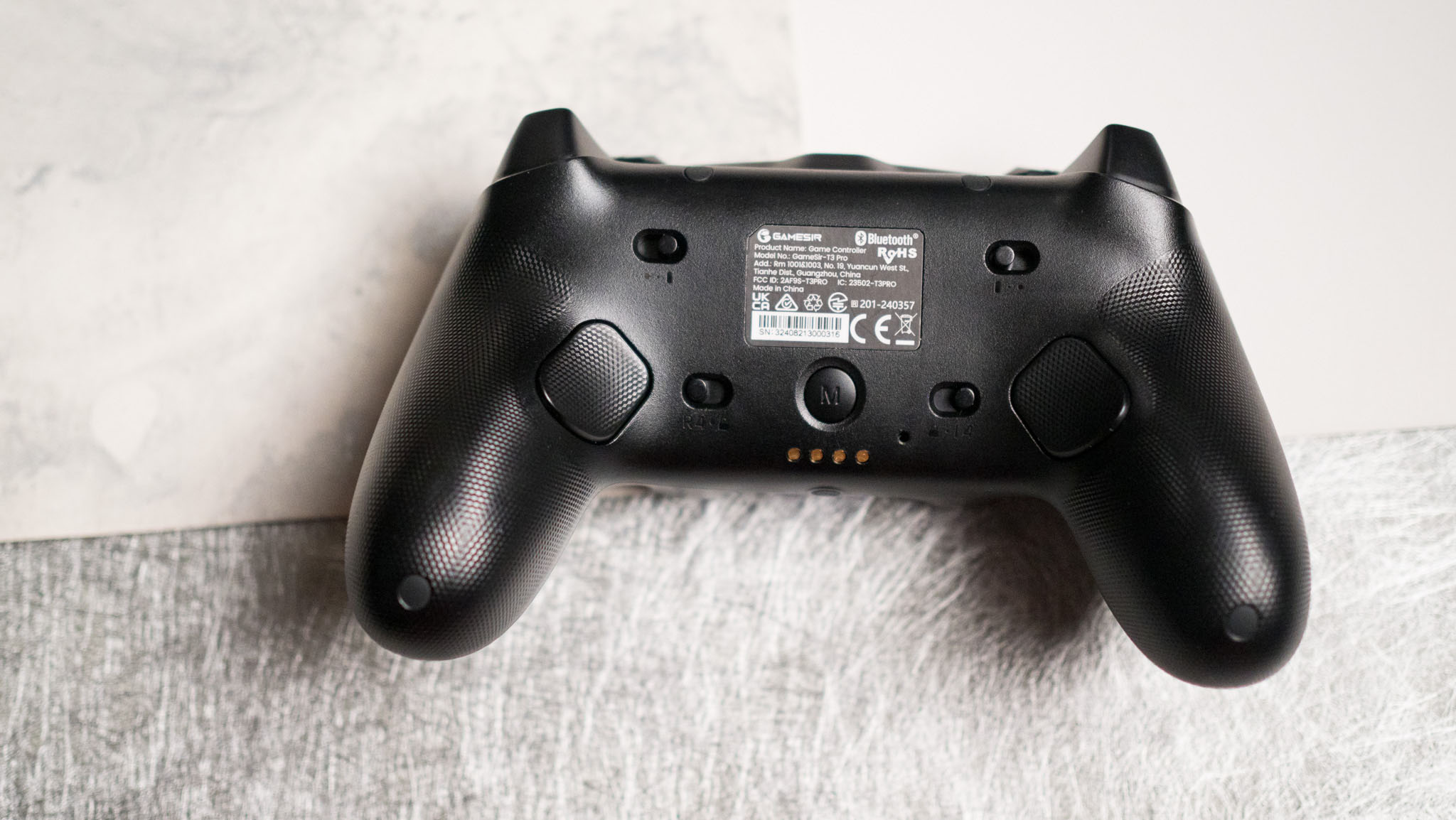
I like that there are two customizable buttons at the back, and in total, you get nine programmable buttons on this controller. Setting macros and assigning action keys to buttons is done via GameSir's mobile utility, and it is pretty straightforward to use. Interestingly, you can change the positioning of the ABXY cluster via a gear that sits to the side of the buttons.
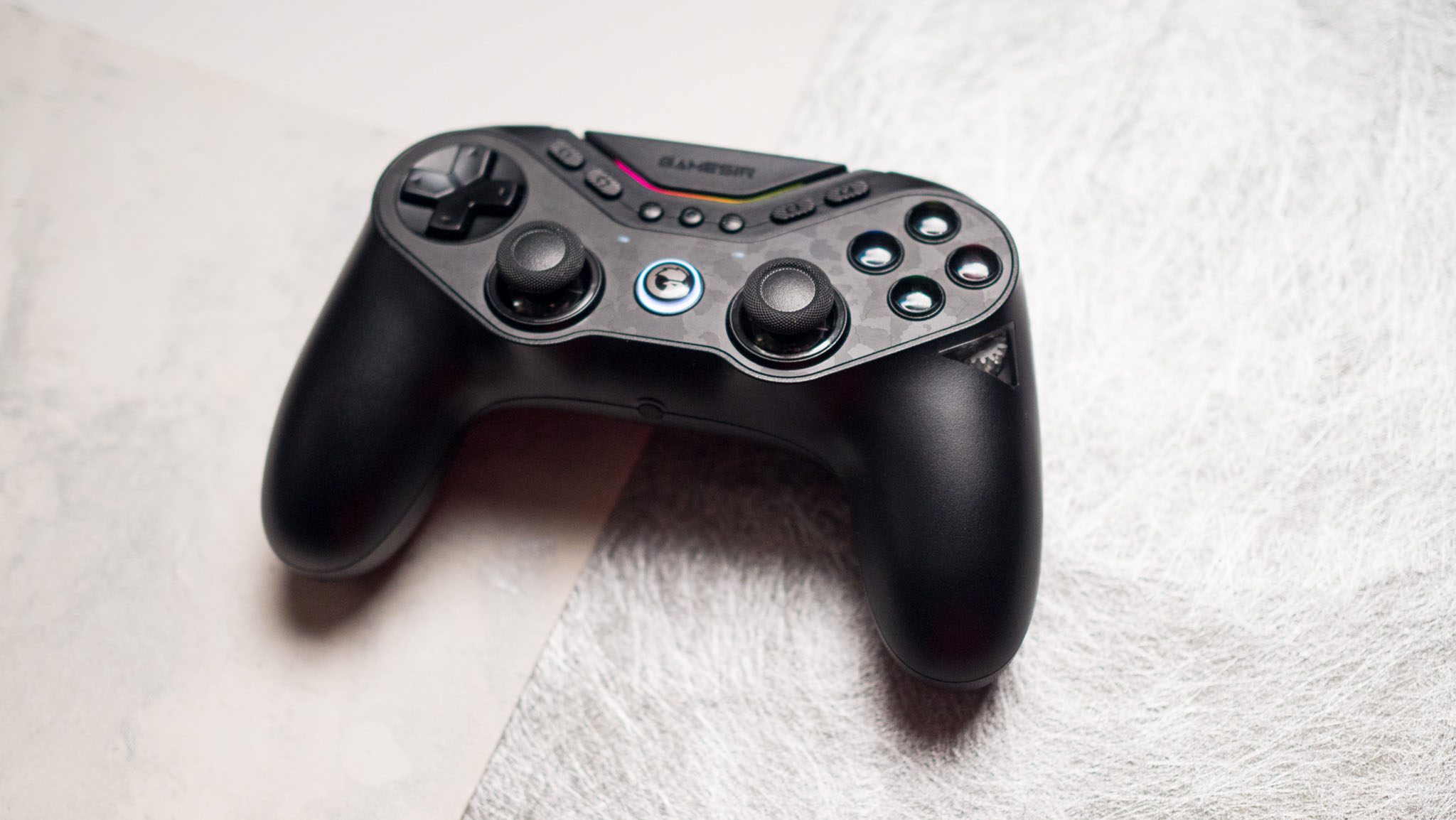
There's RGB lighting as well, and like everything else, it is customizable. The controller charges via USB-C by default, but if you get the charging stand accessory, you can use the magnetic connector at the back and charge it that way. Battery life is decent thanks to a 1200mAh unit, and I didn't see any problems in this regard.
Get the latest news from Android Central, your trusted companion in the world of Android
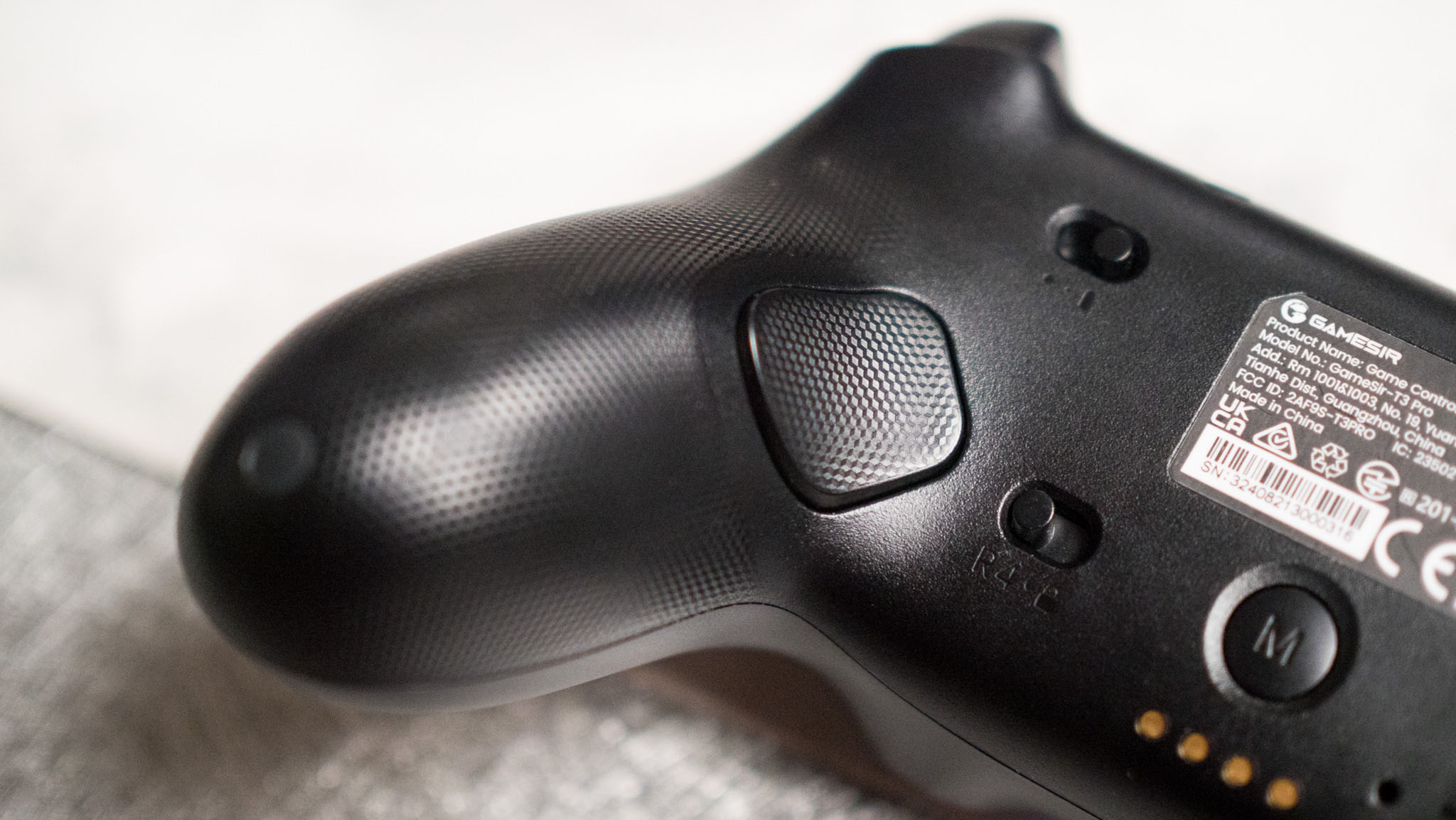
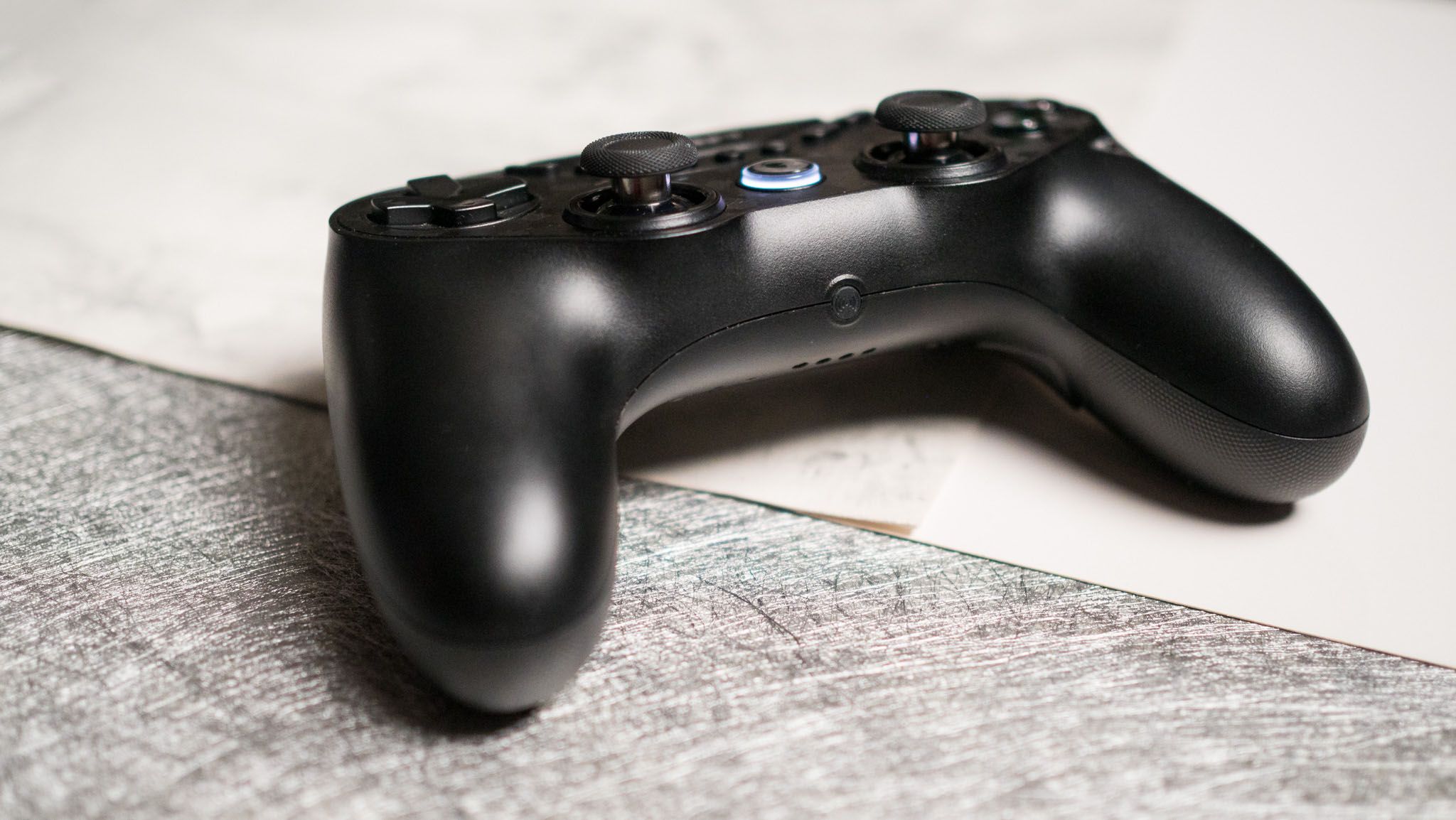

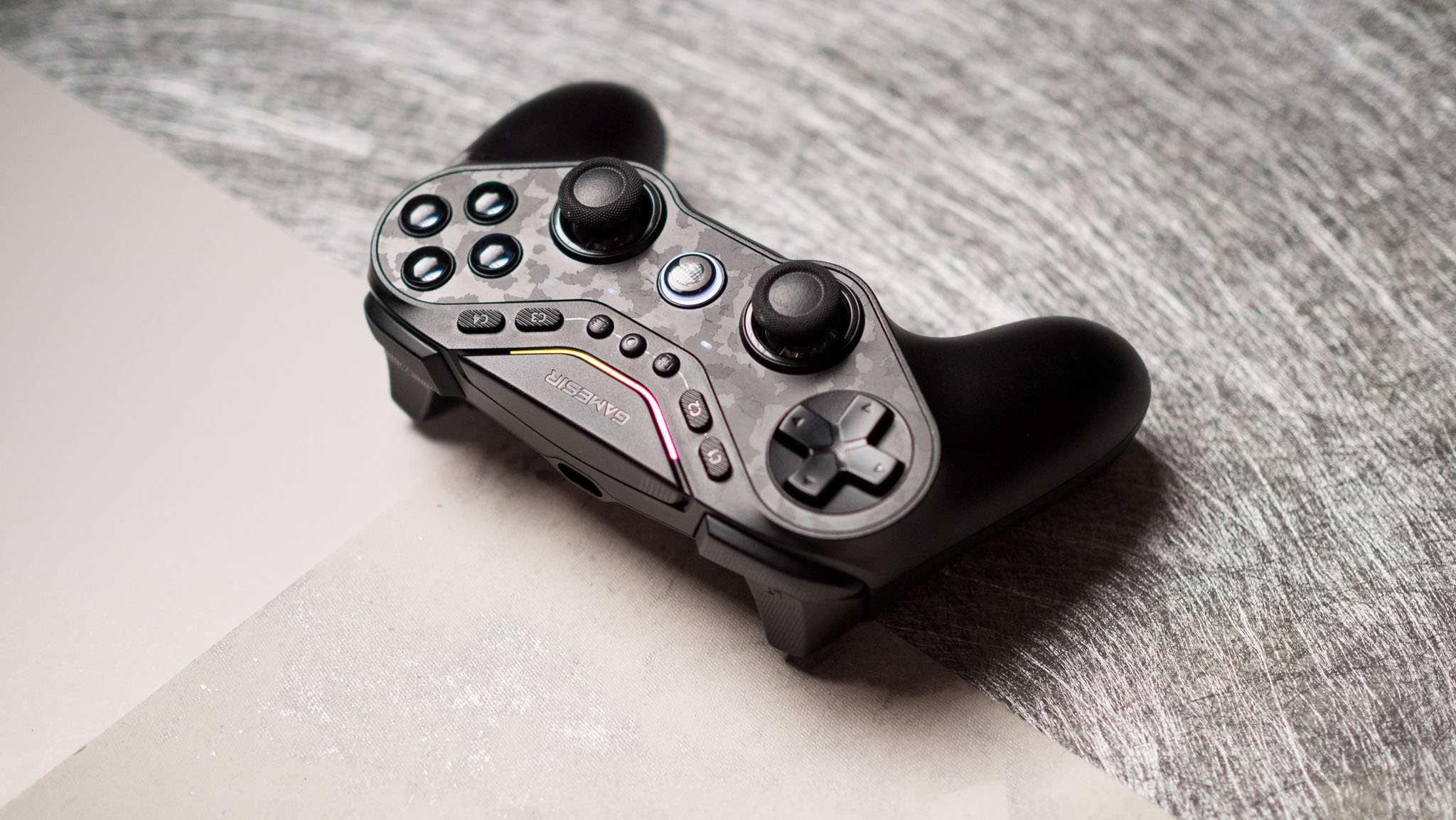
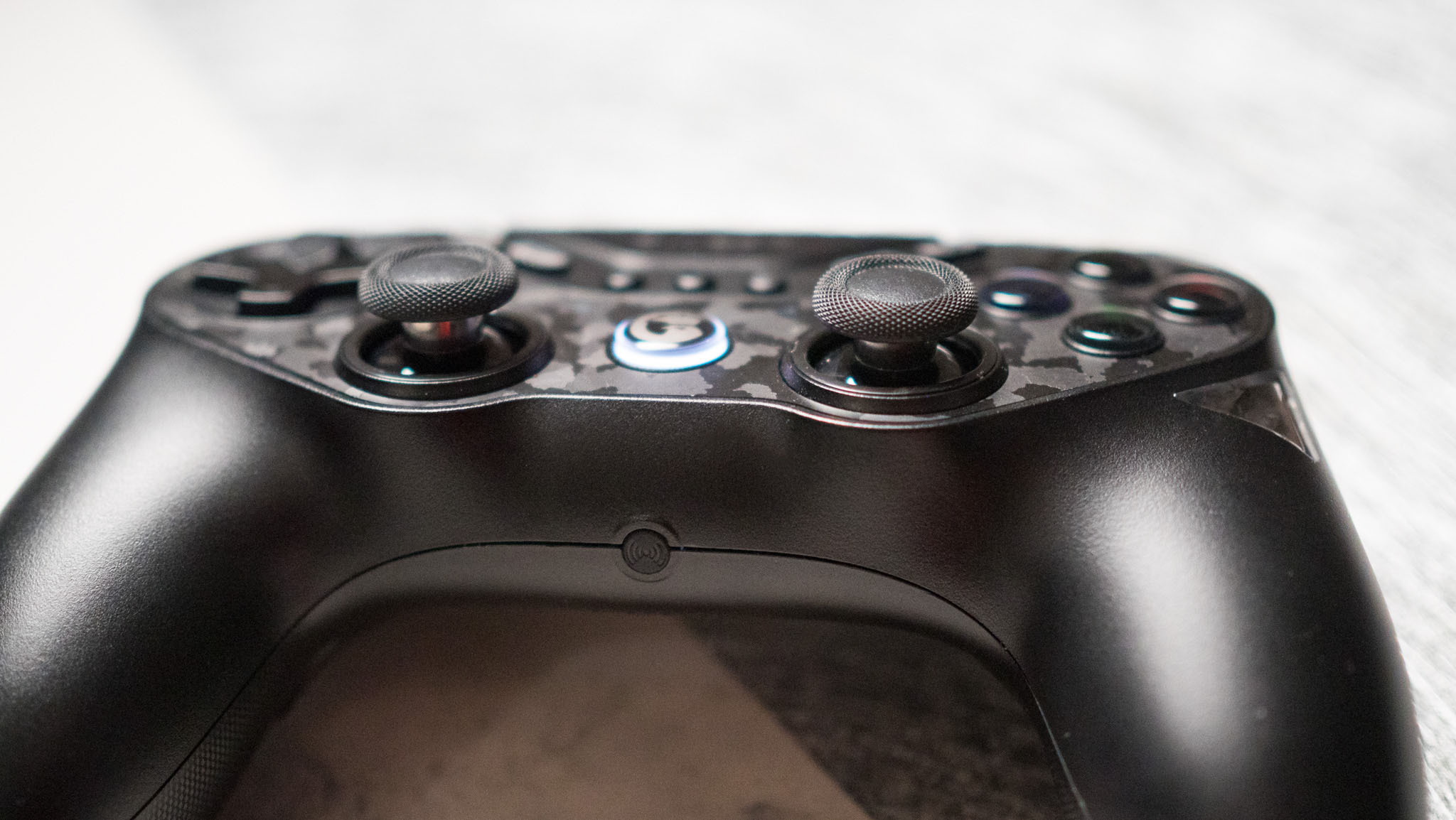
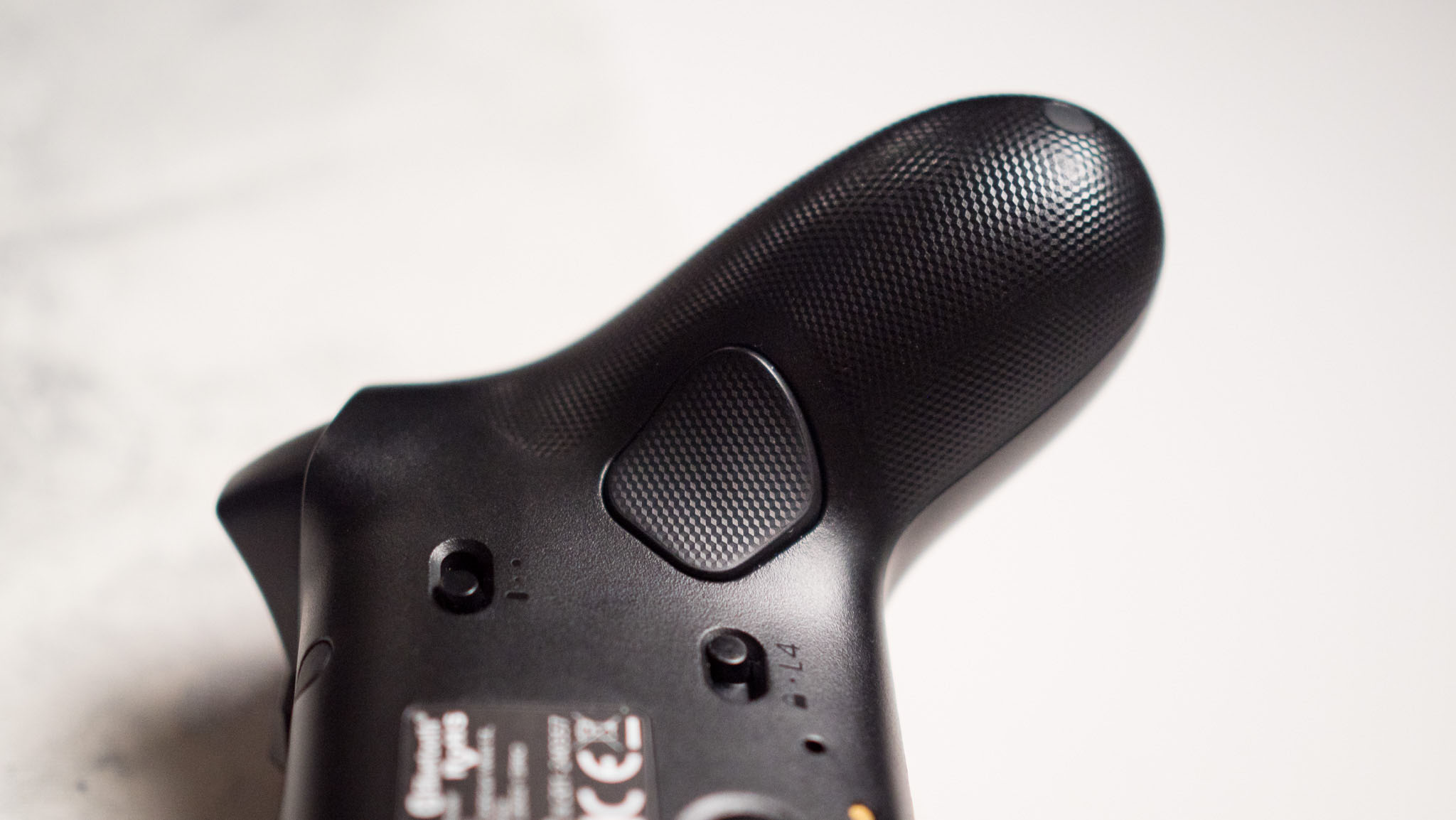
The Tarantula Pro is great for gaming, and while I prefer Xbox-styled controllers, I didn't have issues using it in marathon gaming sessions. The dual rumble motors deliver great feedback, and battery life still holds up after six months of use. The only limitation (as it were) is that the sheer number of combos and configuration tweaks available means you'll need to refer to the manual often to tweak the settings to your liking.
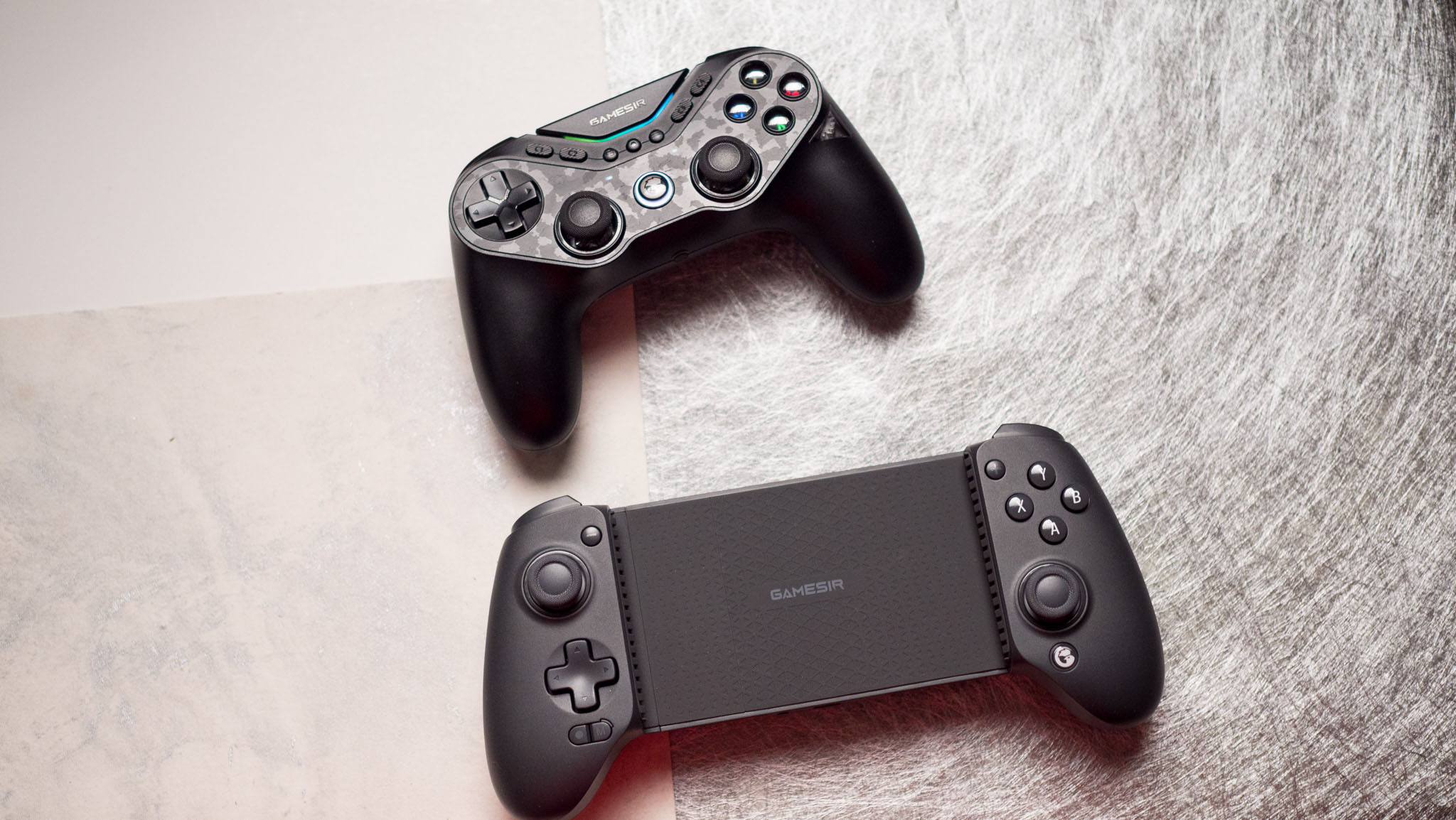
Outside of that, there isn't a whole lot to fault. If you like the design of Sony's controllers and want an aftermarket solution with better joysticks and triggers, you'll enjoy what the Tarantula Pro has to deliver.
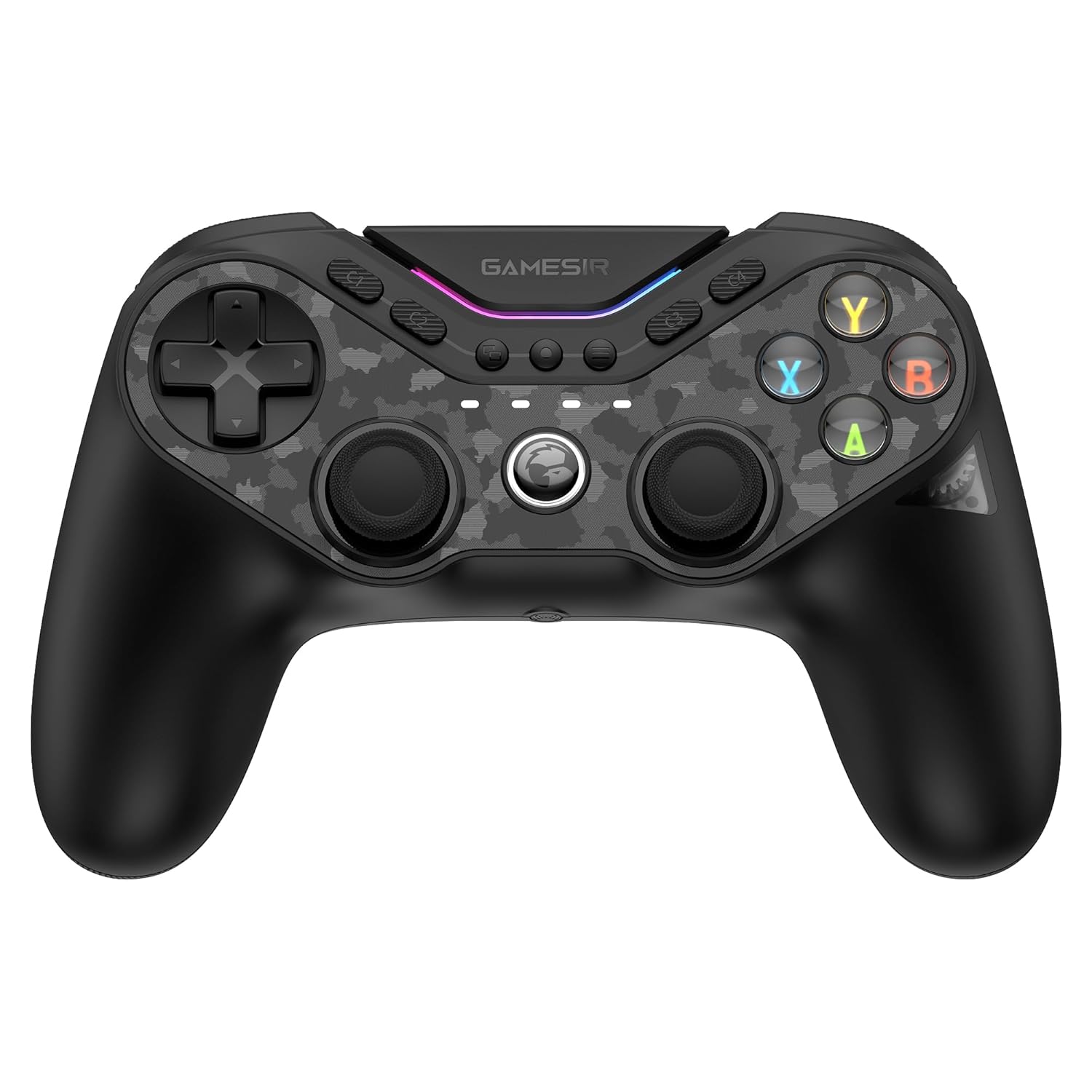
With an ergonomic design and high-quality triggers and buttons, the Tarantula Pro is a versatile controller that's built to last.

Harish Jonnalagadda is Android Central's Senior Editor overseeing mobile coverage. In his current role, he leads the site's coverage of Chinese phone brands, networking products, and AV gear. He has been testing phones for over a decade, and has extensive experience in mobile hardware and the global semiconductor industry. Contact him on Twitter at @chunkynerd.
You must confirm your public display name before commenting
Please logout and then login again, you will then be prompted to enter your display name.
